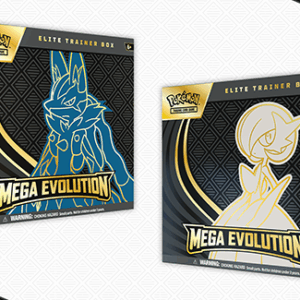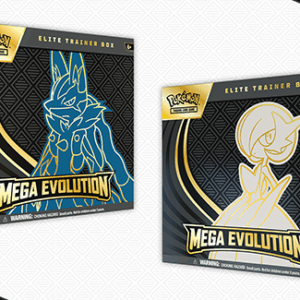In the ever-changing landscape of sports memorabilia, the market for modern sports cards can often feel like an exhilarating roller coaster ride, with rapid ascents and sudden drops in value. However, amidst this volatile environment, vintage sports cards have emerged as a safe haven for collectors and investors, offering stability and the potential for significant appreciation. Unlike their modern counterparts, vintage cards possess an allure that goes beyond mere nostalgia. Their scarcity, historical significance, and solid track record of holding and increasing value make them a standout choice for those looking for a secure investment in the sports card market.
One of the main reasons vintage sports cards are so highly sought after is their scarcity. While modern cards are mass-produced in huge quantities, vintage cards come from a bygone era of limited prints and fewer collectors. Consequently, these cards are naturally rarer, and scarcity plays a significant role in their ability to retain value and appreciate over time, even as the market for newer cards experiences volatility and fluctuation.
Moreover, vintage sports cards are not just pieces of cardboard – they are tangible pieces of sports history. Collectors who invest in vintage cards are not merely buying an item; they are buying into a story, a legacy that is encapsulated within each card. From iconic cards like Babe Ruth’s 1933 Goudey card to Mickey Mantle’s 1952 Topps card, vintage sports cards carry the weight of sports lore and resonate deeply with collectors on a level that transcends the traditional metrics of supply and demand.
The investment case for vintage sports cards is further strengthened by their track record. Even during market downturns in the overall sports card market, vintage cards have consistently shown resilience. Their prices not only hold steady, but often climb, delivering solid returns for collectors who had the foresight to invest in these timeless pieces. In contrast, the modern sports card market is often characterized by a boom-and-bust cycle, driven by speculative buying and the constant influx of new players and print runs. The “bubble” in modern cards is partially inflated by hype and the allure of quick profits, which can result in a market correction and sudden devaluation of recently popular cards.
For investors and collectors who are wary of these market dynamics, vintage sports cards offer a safe harbor. The vintage card market is supported by a tight-knit community of long-term collectors, many of whom are enthusiasts first and investors second. This community’s unwavering commitment to the historical and sentimental value of vintage cards helps to stabilize the market and protect against extreme volatility.
Furthermore, the vintage sports card market benefits from a well-established grading system, which adds an additional layer of security for investors. Organizations like the Professional Sports Authenticator (PSA) provide widely respected grading services that authenticate and assess the condition of cards, giving collectors confidence in their purchases. This grading system allows investors to make informed decisions and ensures the integrity of the vintage card market.
In conclusion, while modern sports cards can offer the thrill of quick gains, they also come with significant risks, especially in a market that many consider to be overvalued. Vintage sports cards, on the other hand, represent the bedrock of the sports card collecting hobby. They are the blue-chip stocks of the collectibles world, likely to hold their value or even appreciate when newer cards falter. For those looking to invest in sports cards, vintage cards may just be the smartest play, combining the joy of collecting with the prudence of a sound investment strategy.






